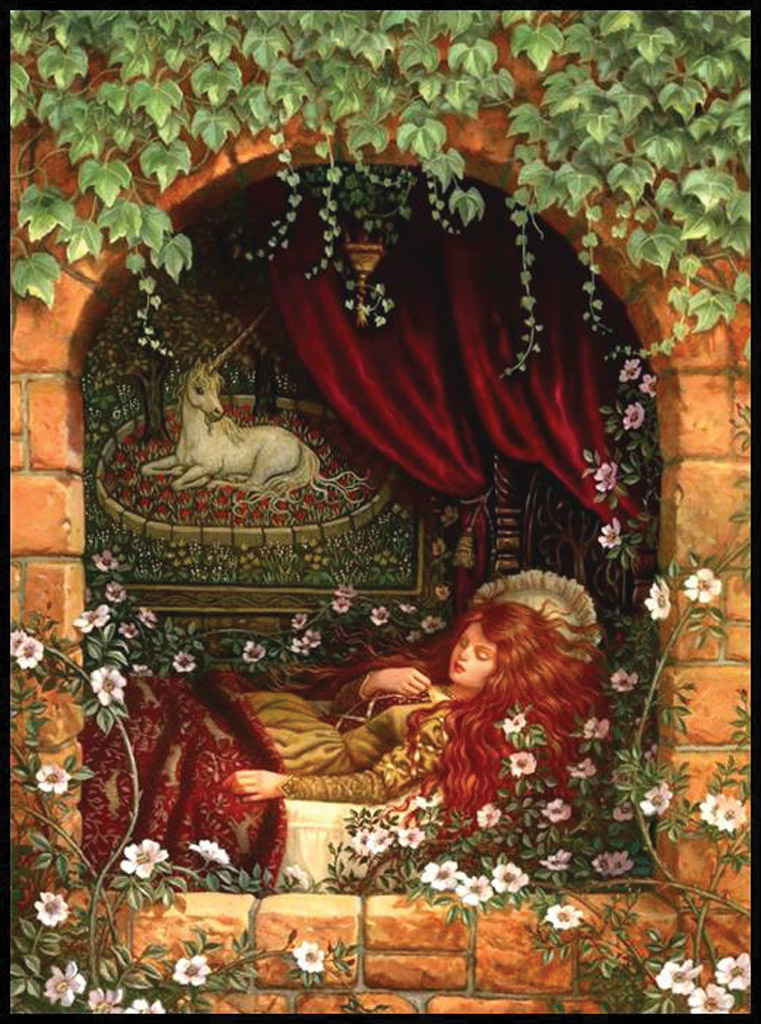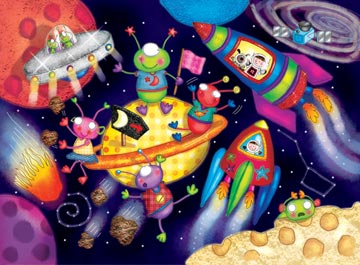 Jigsaw puzzles made their debut in 1760. John Spilsbury, a London engraver and map maker, is credited with inventing the jigsaw puzzle. He laminated a map onto a sheet of hardwood and cut out the various countries. Jigsaw puzzles were primarily an educational tool, used to teach British children geography.
Jigsaw puzzles made their debut in 1760. John Spilsbury, a London engraver and map maker, is credited with inventing the jigsaw puzzle. He laminated a map onto a sheet of hardwood and cut out the various countries. Jigsaw puzzles were primarily an educational tool, used to teach British children geography.
By the end of the 1800th century, puzzles were being produced on plywood and were displaying more than maps. The images were laminated on the front of the board and the pieces were laid out on the back in pencil. These pieces were then cut using a saw. Puzzles were created this way for the next hundred years. Cardboard puzzles come on the scene in the late 1800’s but were mostly created for children.
 The new century brought another change to puzzle production. The pieces were now die-cut using large metal cutters and hydraulic presses. Puzzles were becoming affordable for the masses. Both wooden and cardboard puzzles could be made with the new technology.
The new century brought another change to puzzle production. The pieces were now die-cut using large metal cutters and hydraulic presses. Puzzles were becoming affordable for the masses. Both wooden and cardboard puzzles could be made with the new technology.
The 1920’s and 1930’s were the golden age for jigsaw puzzles. They could be found in weekend parlors and on kitchen tables. Much was discussed over a good puzzle. Puzzles depicted serene scenes and were marketing tools for various companies. A large boost to the puzzle industry was the “weekly”. Starting in the September, 1932, a new puzzle was released every week. The puzzle was a favorite past time during the Great Depression. The new technology and inexpensive material meant a puzzle was a good deal of entertainment for a small price. The puzzle was also “recyclable”, being used over and over.
 Puzzles are a solitary or a social event. They promote spending time together and a feeling of accomplishment when finished. Puzzles are still educational, reduce stress and help engage the mind. Grab a puzzle and become addicted to an age old game of what goes where.
Puzzles are a solitary or a social event. They promote spending time together and a feeling of accomplishment when finished. Puzzles are still educational, reduce stress and help engage the mind. Grab a puzzle and become addicted to an age old game of what goes where.